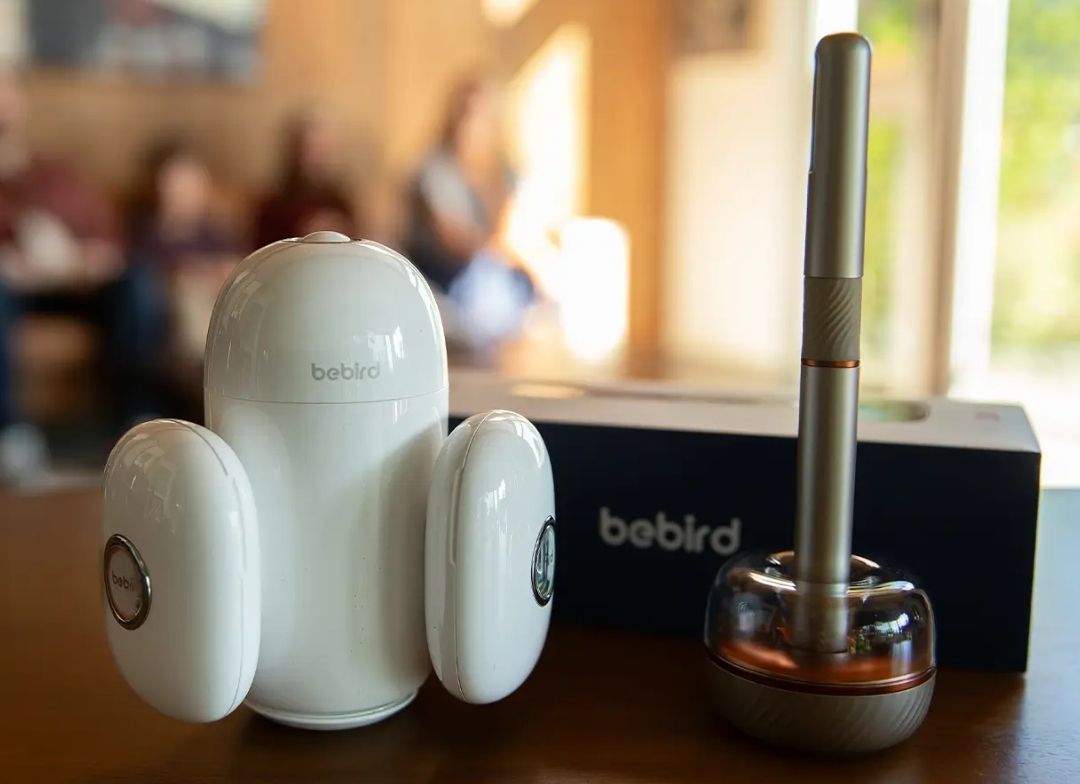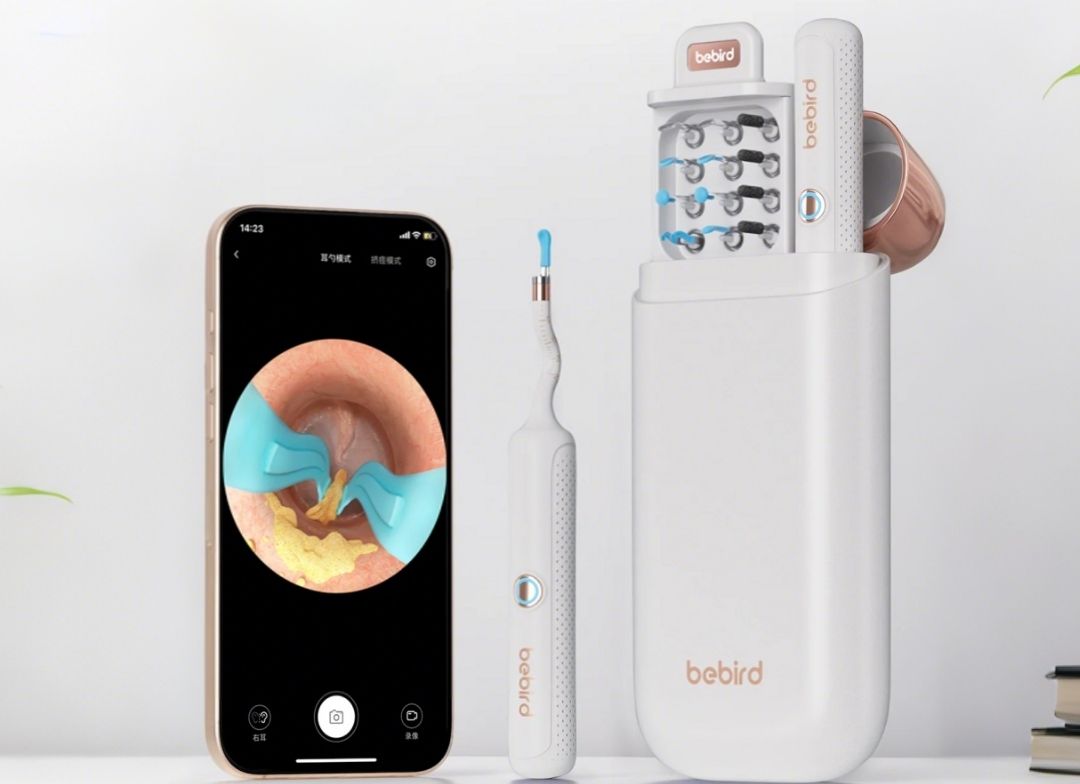12 million Americans seek treatment for impacted earwax every year. That’s a lot of uncomfortable patients walking into clinics. If you’re using outdated tools or struggling with slow, guesswork-heavy removals, you know the frustration. Inefficient methods waste time. Safety risks keep you up at night. Patient discomfort hurts your reputation.
Professional earwax removal kits solve this. They’re not fancy gadgets; they’re essential tools for modern clinics. The right kit means faster, safer procedures and happier patients. No more wrestling with stubborn wax or anxious explanations. Just clear canals and confident care.
Let’s discuss what makes a kit truly “professional-grade,” compare the top types of clinics that use it, and spotlight key features that matter.
What Types of Professional Earwax Removal Kits Are Available?
Clinics rely on specialized earwax removal kits to address diverse impaction cases safely and effectively. Here are the primary types used by healthcare professionals:
Manual Curette Kits
These kits feature stainless-steel scoops or loops designed for precise mechanical removal of hardened wax near the ear canal opening. They require clinician skills to avoid pushing the wax deeper, but offer direct control. Example: He’s double-headed curettes with anti-slip grips.
Irrigation Systems
Motorized units (e.g., DOCTOR EASY, Debrox) flush wax using controlled water or saline pulses. Ideal for moderate impactions, they include disposable tips to prevent cross-contamination. Avoid if patients have eardrum perforations or surgeries.
Suction Devices
Gentle micro-suction tools (e.g., Karl Storz) extract wax without water contact. Preferred for deep impactions, sensitive ears, or post-surgical cases. They minimize trauma but demand specialized training.
Visual Kits
Camera-enabled tools (e.g., Bebird Earsight Pro) combine illumination, magnification, and real-time video via smartphone apps. Clinicians navigate precisely, reducing injury risks while educating patients. These kits suit all impact types and integrate with digital health records.
Each type balances safety, efficacy, and workflow needs. Visual kits increasingly dominate clinics for their accuracy and patient engagement.

Key Features to Look for in Professional Earwax Removal Kits
Choosing the right professional earwax removal kit requires careful evaluation of features that impact safety, efficiency, and clinical outcomes. Here are the critical aspects to consider:
Medical-Grade Materials and Certifications
The best kits use FDA-cleared or CE-certified components made from medical-grade stainless steel or autoclavable plastics. These ensure durability, infection control, and compliance with healthcare standards. Avoid kits with flimsy materials that may bend or break during procedures.
Safety Mechanisms
Look for depth-limiting tips, pressure sensors (in irrigation systems), and non-invasive designs. These prevent accidental contact with the eardrum and reduce injury risks. Kits with blunt-edged curettes or flexible silicone tips are ideal for sensitive ear canals.
Visualization Capabilities
Kits with built-in cameras, LED lighting, and HD resolution (720p or higher) allow precise navigation inside the ear canal. Real-time video feeds help clinicians avoid mistakes and document procedures for patient records.
Ergonomic Design and Ease of Use
A lightweight, balanced grip reduces hand fatigue during prolonged use. Intuitive controls and quick-change tips streamline workflows in busy clinics. Some kits offer wireless connectivity for seamless integration with clinic software.
Hygiene and Maintenance
Opt for kits with disposable tips or autoclavable parts to maintain sterility. Waterproof designs simplify cleaning between patients. Check if replacement parts are readily available to avoid downtime.
Versatility and Compatibility
The best kits include multiple tip options (loops, scoops, brushes) for different wax types. Compatibility with smartphones or clinic monitors enhances usability. Some advanced models support EHR integration for storing procedure images.
Investing in a kit with these features ensures reliable, safe, and efficient earwax removal for your clinic. The right choice improves patient outcomes while simplifying daily workflows.
Top-Rated Professional Earwax Removal Kits for Clinics
Selecting the right professional earwax removal kit directly impacts clinic efficiency, patient safety, and treatment outcomes. After evaluating key features like medical-grade materials, safety mechanisms, and visualization capabilities, here are the top systems trusted by healthcare providers:
MedRx Earigator® Irrigation System
The MedRx Earigator® remains a staple in ENT clinics for its precision irrigation. This electric system offers adjustable pressure settings and disposable tips, ensuring consistent flushing without cross-contamination risks. It efficiently handles moderate impactions but lacks visual guidance, requiring clinicians to rely on technique alone. Its portability makes it suitable for multi-room use, though it is contraindicated for patients with eardrum perforations or prior surgeries.
Welch Allyn Ear Wash System
Welch Allyn’s wall-mounted irrigator excels in high-volume settings. It features temperature-controlled water flow to prevent vertigo and integrates seamlessly with clinic plumbing. The system includes a collection basin and speculum tips for targeted flushing. While highly reliable for routine cleanings, its fixed installation limits mobility, and it shares the same contraindications as other irrigation kits. It is ideal for clinics to prioritize throughput over advanced visualization.
Karl Storz Suction Microdebrider
For delicate or deep impactions, the Karl Storz Suction Microdebrider sets the standard. This micro-suction system uses gentle vacuum pressure to extract wax without liquid contact, minimizing trauma to sensitive ear canals. It is particularly valuable for post-surgical cases or patients with narrow anatomies. However, it demands specialized training and represents a significant investment. Its autoclavable components support strict hygiene protocols but require regular maintenance.
Bebird Visual Ear Cleaner Kit: The Top Recommendation
The ear cleaning kit revolutionizes clinic workflows with real-time HD camera guidance. Unlike traditional methods, its smartphone-compatible otoscope provides a 1080p view of the ear canal, enabling precise navigation and reducing injury risks. Clinics benefit from:
-
Enhanced Safety: Depth-limiting tips and blunt-edged curettes prevent over-insertion and canal damage.
-
Versatility: Multiple tip options (loops, scoops, tweezers) adapt to varied wax consistencies and patient ages.
-
Efficiency: Studies show a 40% reduction in procedure time due to visual confirmation of wax clearance.
-
Patient Engagement: Live video feeds educate patients during treatment, building trust and reducing anxiety.
-
Hygiene Compliance: Autoclavable parts and disposable tips meet infection control standards.
-
Earsight Pro: 1296p camera + 360° rotation for hard-to-reach wax.
-
Note 5 Pro: Budget-friendly HD model with 6 LED lights.
-
Complete Care Tool: All-in-one kit with storage case and 10 tips.
Why Bebird Leads: FDA-cleared and compatible with EHR systems, Bebird kits turn any smartphone into a diagnostic tool. This eliminates the need for bulky microscopes, making them cost-effective for clinics of all sizes.

How to Use a Professional Earwax Removal Kit Safely and Effectively.
Earwax removal must be done using the proper technique. This helps you do the process safely without taking any risks. Follow these steps for optimal results.
To start, use the earwax cleaner tool attachment or otoscope to check the ear canal. When examining the earwax (soft, hard, impacted), determine whether there is any infection or damage to the eardrum. If the wax is hard, put in a couple of drops of carbamide peroxide for 5-10 minutes to soften it.
Choose the right tip, either loop or scoop, for the manual curettes, and scrape outwards, but do not push in. Use steady, controlled motions to avoid canal trauma. When using irrigation systems, angle the tip upward and backward so that the water flows to the back of the wax. Maintain low pressure to prevent dizziness or injury.
When using suction devices, keep the vacuum tip parallel to the canal walls and move continuously to avoid suctioning delicate tissue. With a visual ear cleaner like Bebird, keep an eye on the camera feed to control the tools properly and scoop out wax piece by piece.
Once removal is done, recheck the canal to confirm it is fully cleared. Clean all reusable components per the manufacturer's guidelines. If a patient is complaining of pain, has tubes, or shows evidence of an infection, do not proceed. Proper training and gradual practice enhance both safety and efficiency.
Summary
There are several reasons to have your earwax removed in the clinic. The procedure requires precision, safety, and efficiency. This guide summarizes the key points related to professional-grade earwax removal kits to assist healthcare providers in selecting suitable kits.
The features of a kit, such as being made from medical-grade materials with safety and hygiene compliance, were outlined. After that, we compared the four principal types of professional kits, including manual curettes, irrigation systems, suction devices, and visual otoscope kits, along with their optimum uses and limitations.
A key part highlighted critical features that require particular attention, such as FDA/CE certification, depth-limiting tips, HD cameras, and ergonomic designs, which promote patient safety and clinician efficiency.
Related Reading:
Can an Ear Infection Cause Jaw Pain?









Leave a comment
All comments are moderated before being published.
This site is protected by hCaptcha and the hCaptcha Privacy Policy and Terms of Service apply.